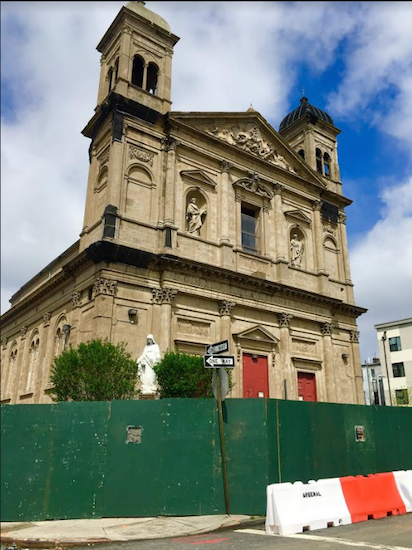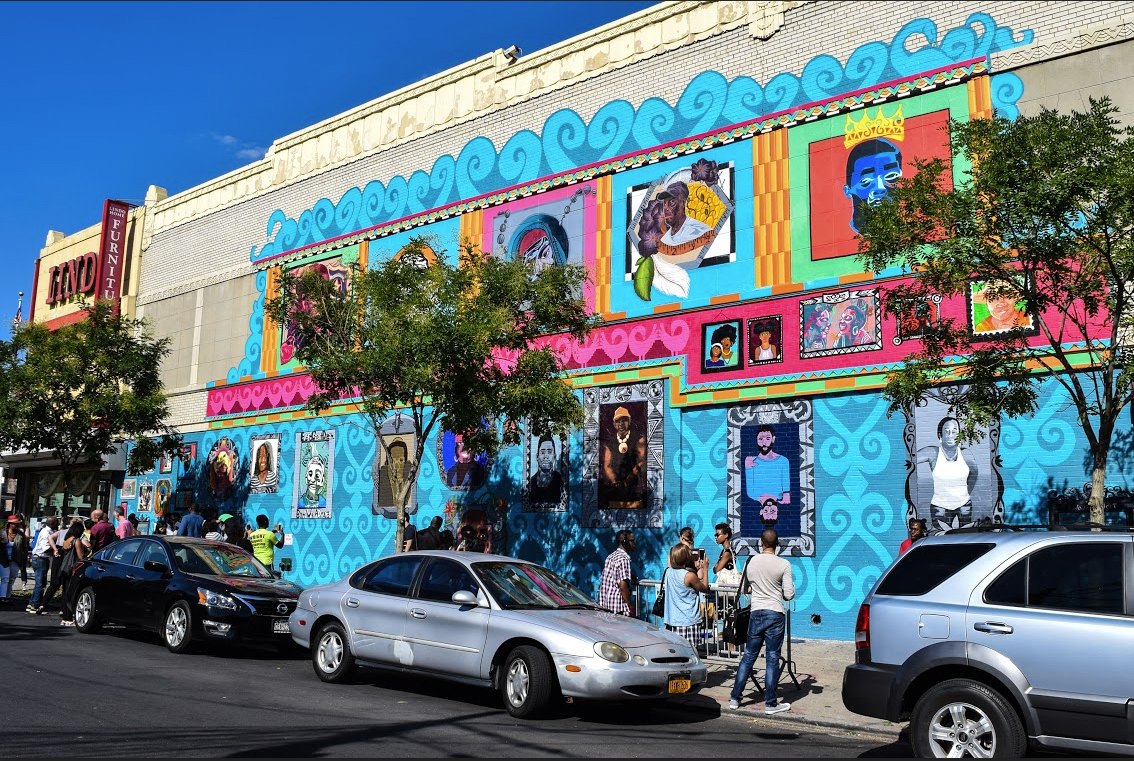Judge extends temporary restraining order halting demolition of Our Lady of Loreto

This is Our Lady of Loreto, which Catholic officials have targeted for demolition. Eagle file photo by Lore Croghan
Don’t touch that historic church.
At a hearing Tuesday in state Supreme Court in Brooklyn, Justice Ellen Spodek extended a temporary restraining order that halts the demolition of Our Lady of Loreto in the Ocean Hill section of Brownsville.
Justice Spodek will be issuing a decision in the next couple weeks concerning the suit, which was filed in late April by former parishioner Jillian Mulvihill. It seeks a permanent stop to the demolition of the vacant neoclassical Roman Renaissance-style church at 126 Sackman St. by Catholic Charities Progress of Peoples Development Corp. The city Buildings Department had issued demolition permits for the property in March.
